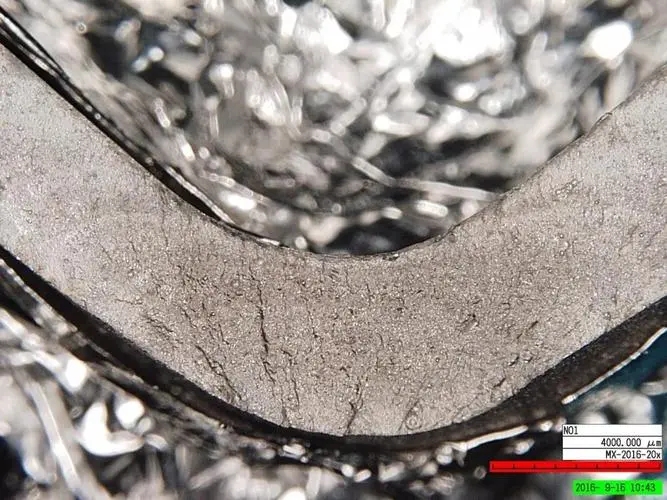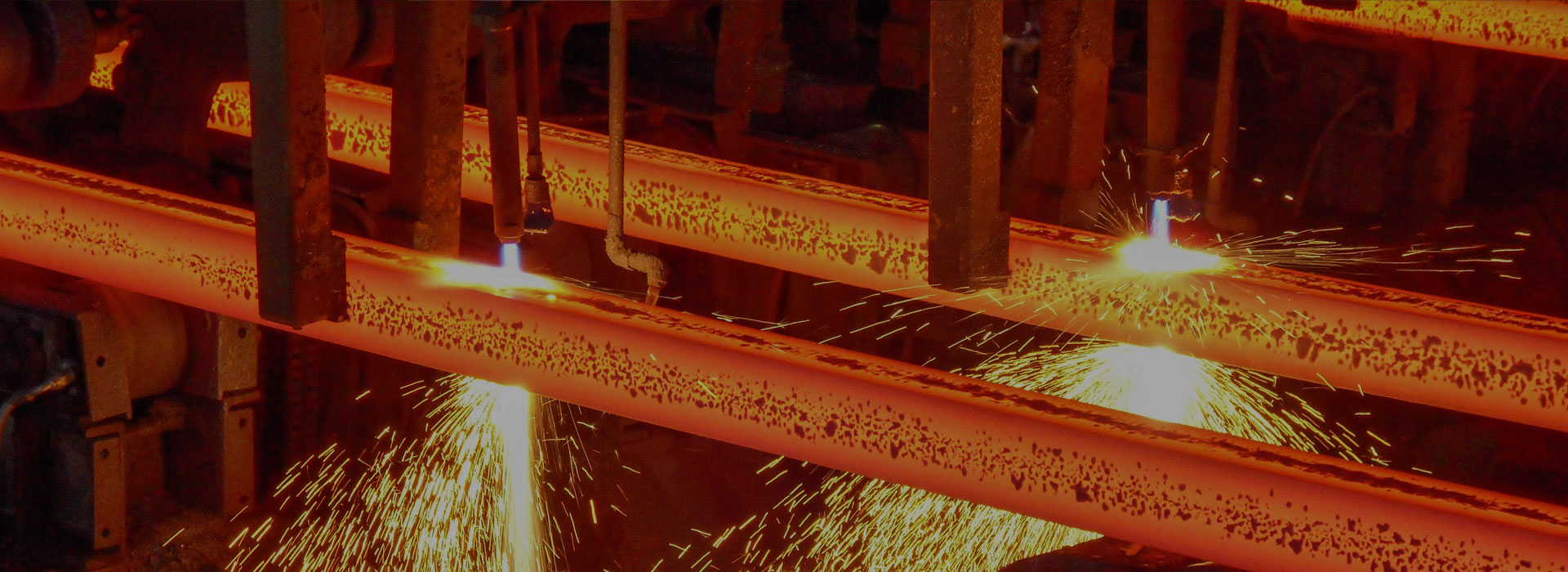Common Metallurgical Defects in Grey Cast Irons
2023-08-17
Grey cast iron is a widely used material in various industries due to its excellent castability, good machinability, and low cost. However, like any other material, grey cast iron is not without its flaws. In this article, we will discuss some of the common metallurgical defects that can occur in grey cast irons.
1. Porosity: Porosity is one of the most common defects found in grey cast iron. It refers to the presence of voids or gas pockets within the material. Porosity can occur due to several reasons, such as improper gating and risering, inadequate venting, or excessive moisture content in the mold. Porosity can weaken the material and reduce its mechanical properties.
2. Shrinkage: Shrinkage defects occur when the metal solidifies and contracts, causing voids or cavities to form. Shrinkage defects can be classified into two types: macroshrinkage and microporosity. Macroshrinkage defects are visible to the naked eye and can be seen as irregularly shaped cavities on the surface of the casting. Microporosity, on the other hand, is not visible and can only be detected through non-destructive testing methods.
3. Inclusions: Inclusions are foreign particles or impurities that are trapped within the casting during the solidification process. These inclusions can be non-metallic or metallic in nature and can significantly affect the mechanical properties of the grey cast iron. Inclusions can result from various sources, such as the melting process, the mold material, or the additives used.
4. Cold shuts: Cold shuts are defects that occur when two streams of molten metal do not fuse properly during the casting process. This can happen due to inadequate pouring temperature, improper gating system design, or insufficient feeding of molten metal. Cold shuts can weaken the casting and lead to premature failure.
5. Hot tears: Hot tears are cracks that occur in the casting due to internal stresses during solidification. These cracks can be caused by a mismatch in the thermal expansion coefficients of the different phases present in grey cast iron. Hot tears are more likely to occur in thick sections or complex geometries.
To minimize these metallurgical defects in grey cast irons, several measures can be taken. These include optimizing the gating and risering system design, ensuring proper venting, controlling the moisture content in the mold, using high-quality raw materials, and implementing effective quality control measures.
In conclusion, grey cast iron is a versatile material with numerous advantages. However, it is important to be aware of the common metallurgical defects that can occur in grey cast irons. By understanding these defects and implementing appropriate measures, manufacturers can produce high-quality grey cast iron components that meet the desired specifications and performance requirements.




